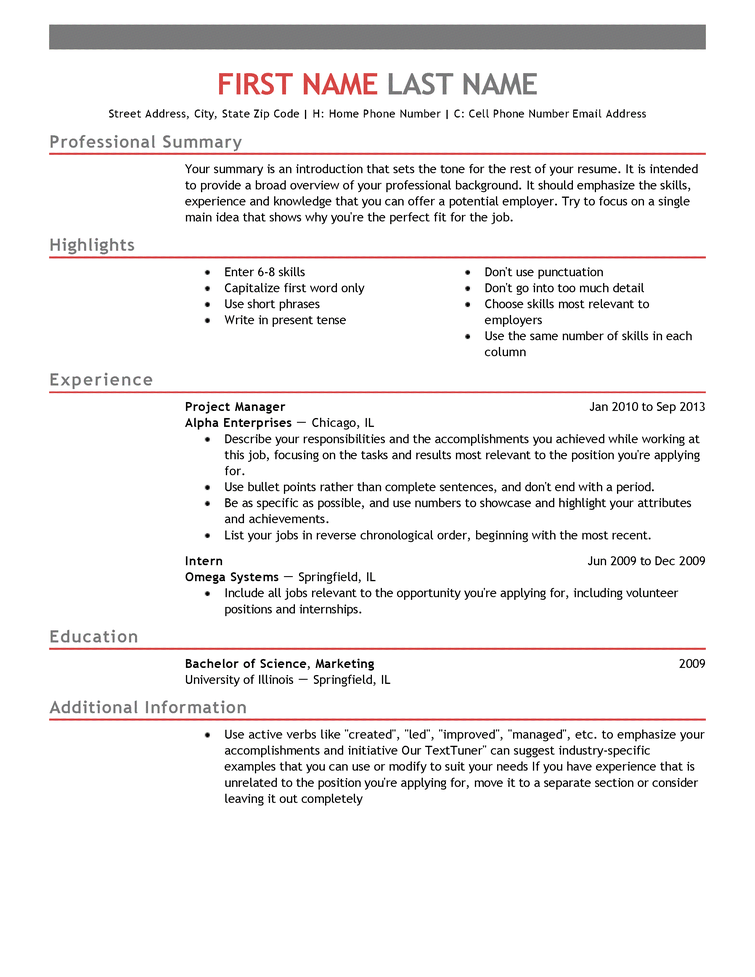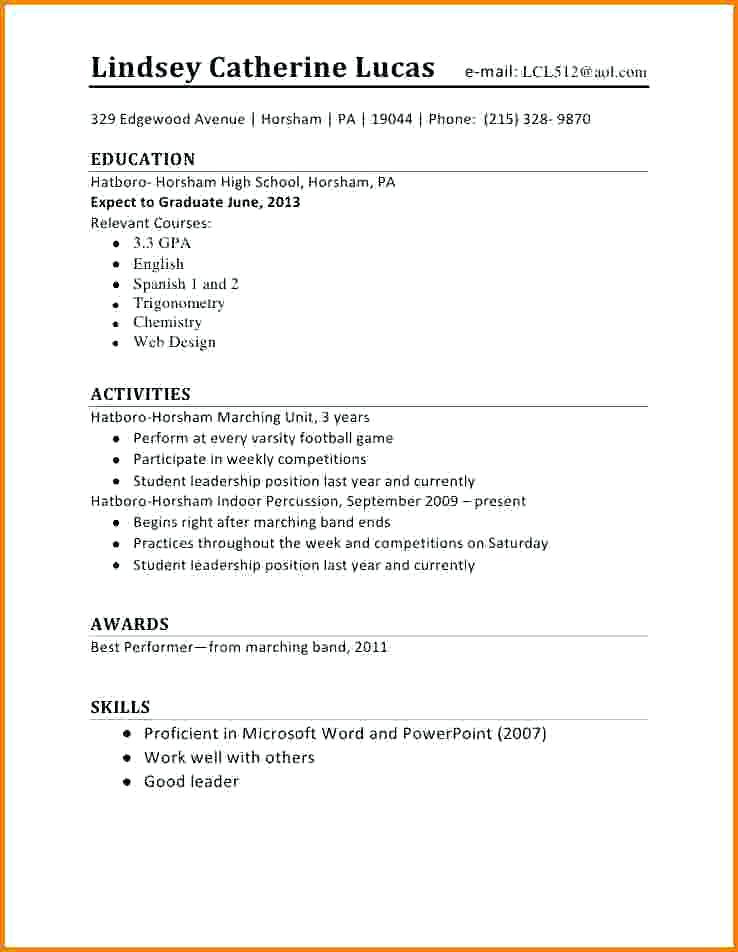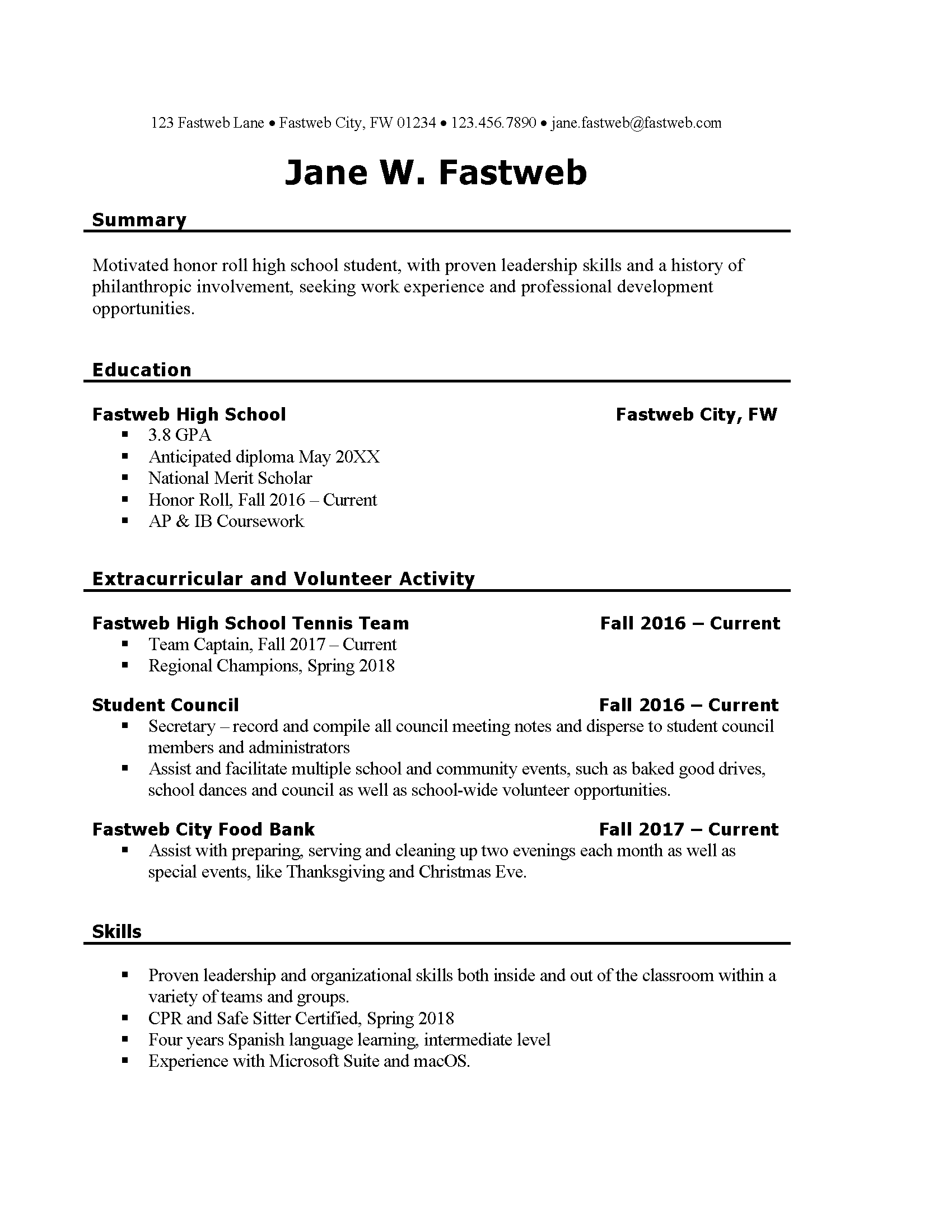Introduction to Resumes
The following Job Genius video provides an introduction to writing a resume. The video is provided by Express Employment Professionals.
Have you created a resume in an easy to read professional format? You should include a heading at the top of the resume that includes full name, full address, phone number and email address. Sections of your resume may include qualification summary, education, licensure, work experience, additional skills, professional memberships, community activities, honors and awards, and references. Be sure to use formatting that allows the reader to easily distinguish between the different sections. Proofread your final copy. Sometimes it is easier to download a document and work in Microsoft Word and then re-upload to the Google Drive than utilize Google Docs. You may choose whichever method is easiest for you. Links to sample resumes are available on the Resumes page – – (http://nwtech.edu/alvacc/resumes/) – on the Career Center website.
Be sure to…..
- Put a copy of your resume in stored in the Google Drive folder I have created for you on it is completed! Do not “share” your resume with me from a different folder. You may need to download it and then drag it into that folder I created but have a copy of your resume stored in the folder I have shared with you.
- Put the most important sections towards the top of the resume.
- Put most recent information within the section at the top of the section.
- Include certifications such as WorkKeys National Career Readiness Certificate (if you scored at least a three or higher on the WorkKeys tests)
- Include Northwest Technology Center (not Alva Votech or Northwestern Technology Center) and your program name in the education section.
- Include honors such as Outstanding Attendance or Student of the Quarter if it applies.
- Use an easy to read font but not the standard Times New Roman that many other people may use.
- Ask me to look over your resume before printing your final copy.
Reminder: The students listed below should add this information to your resume.
If your name is listed below, please remember to add this information to your resume in the awards section:
- Rianna Clark – NWTC BioMed I Student of the Quarter
- Spencer Kinzie – NWTC BioMed I Student of the Quarter
- Maegan Holson – NWTC BioMed I Student of the Quarter
- Noah Kearns – NWTC BioMed I Student of the Quarter
- The following templates may be downloaded and used as a STARTING point for NWTC student resumes.NWTC space resume
NWTC Alva Blue resume template
Introduction to Cover Letters
Cover letters are important because they tell employers the type of position you’re seeking and exactly how you’re qualified for it. Your cover letter can also explain things that your resume can’t.
What is a cover letter?
A cover letter is a one-page document that, along with your resume, is sent with your job application. A cover letter is your chance to tell a potential employer why you’re the perfect person for the position and how your skills and expertise can add value to the company. The letter should be professional but personable, and serve as a sort of introduction.
A lot of job seekers today wonder if a cover letter is still appropriate to send with your resume—and the answer is yes! Even if an employer doesn’t ask for a cover letter, it couldn’t hurt to send one. In fact, it can help you get someone’s attention in a different way, and it can be a great way to display your enthusiasm for the job and company.
Basic Elements of a Cover Letter
The following should be included in the cover letter:
- Your name and address preferably in the header area of letterhead that resembles or matches your resume.
- Current date.
- Name and address of the person/company you are sending the letter to.
- Greeting – Address your cover letter to the proper person.
- Opening – Write a personable, inviting opening paragraph that notes which position you are applying for and how you learned of the job opening.
- Achievements and Skills – Highlight your past achievements as they relate to the job you’re applying for. Emphasize additional relevant skills and certifications which show you meet the job requirements.
- Closing: Briefly recap your strengths as a candidate, why you want to work for the organization, a call for action or next steps, and your contact information.
Template for writing your cover letters:
Use the same letterhead format you did for your resume if it is attractive which includes the following in a header section of a Microsoft Word document: Your Name, Street Address, City, State Zip Code, Phone Number, Email address. You will NOT type this information as it appears here with just commas separating each element of the header.
Date
Individual’s Name (at the business you are applying to), Job Title (that individual’s job title within the business)
Name of Organization or Company (company where you are applying)
Street Address
City, State Zip Code
Dear Mr./Ms. WhoEver Is Listed Above (if no name is provided please ask me for help):
First Paragraph: State the reason for writing. Name the specific position or type of work for which you’re applying. Mention how you learned of the opening.
Second Paragraph: Explain why you’re interested in working for this employer and specify how you fit this position. Don’t repeat the information on your resume. Include something special or unique about yourself that will benefit the employer. Remember, the reader will consider this an example of your writing skills.
Third Paragraph: Mention that your resume is enclosed and indicate your desire to meet with the employer. You may want to suggest alternate dates and times, or simply advise them of your flexibility to meet. Include day and evening contact information. Include a statement or question that will encourage the reader to respond. Be sure to communicate your plan to follow up. You might state that you’ll be in the area on a certain date and would like to set up a meeting, or you’ll call on a certain date to set up a meeting. Finally, thank the employer for his/her time.
Sincerely,
(Your Signature in blue or black ink)
Your name
Enclosure
Tips and Tricks for Cover Letters
Check out the following resources on how to write a cover letter:
- CareerOneStop.com – Cover Letters
- Glassdoor.com – How to Write a Cover Letter
- Monster.com – Cover Letter Tips
- Balance.com – How to Start a Cover Letter
Cover Letter Examples
Check out the following examples of how to write a cover letter:
- Monster.com – Cover Letter Examples by Industry
- Monster.com – Cover Letter Samples
- TheBalanceCareers.com – Cover Letter Sample for a Resume
- TheBalanceCareers.com – Sample Email Cover Letter Message
Cover Letter Assignment
Search for a job opening that resembles something you may want to pursue once you have completed your career training. Create a PDF file (ask me how) that has the job opening and job description. Drag that PDF file into the file folder I created for you on the Shared Google Drive.
Create a letterhead using Microsoft Word that will be used in writing your cover letters. You will need to provide your contact information within the letterhead. Be creative but professional. Use the header and footer sections of the Microsoft Word document. After creating the letterhead be sure to save it and upload a copy to the Shared Google drive into the folder I created for you.
Create a cover letter for the job opening that you have found for an acceptable career position of your choice.
Be sure to print and then upload your cover letter to the Shared folder on the Google Drive.


